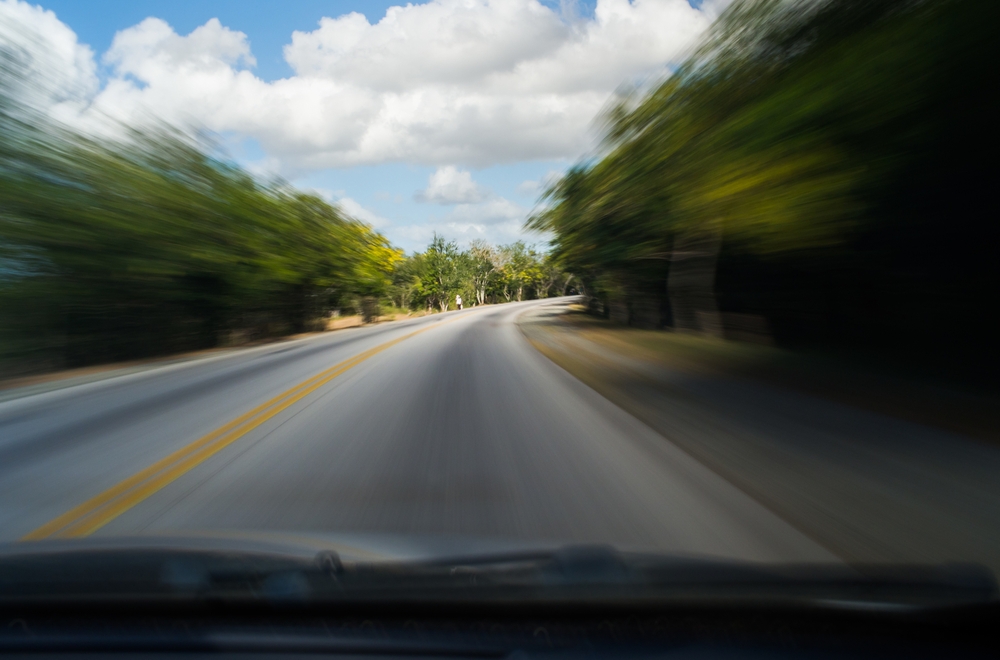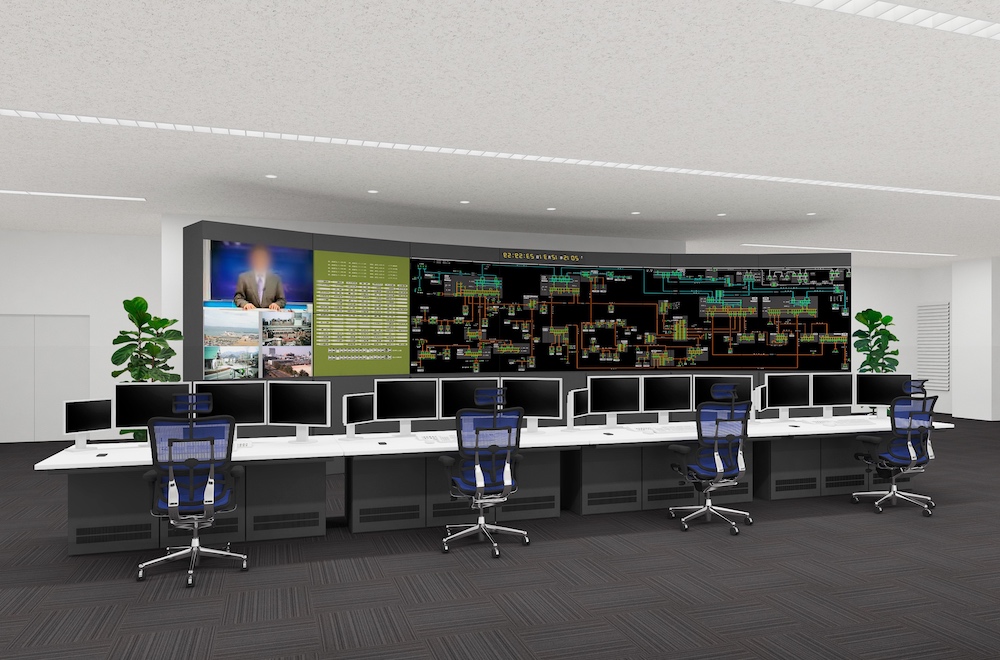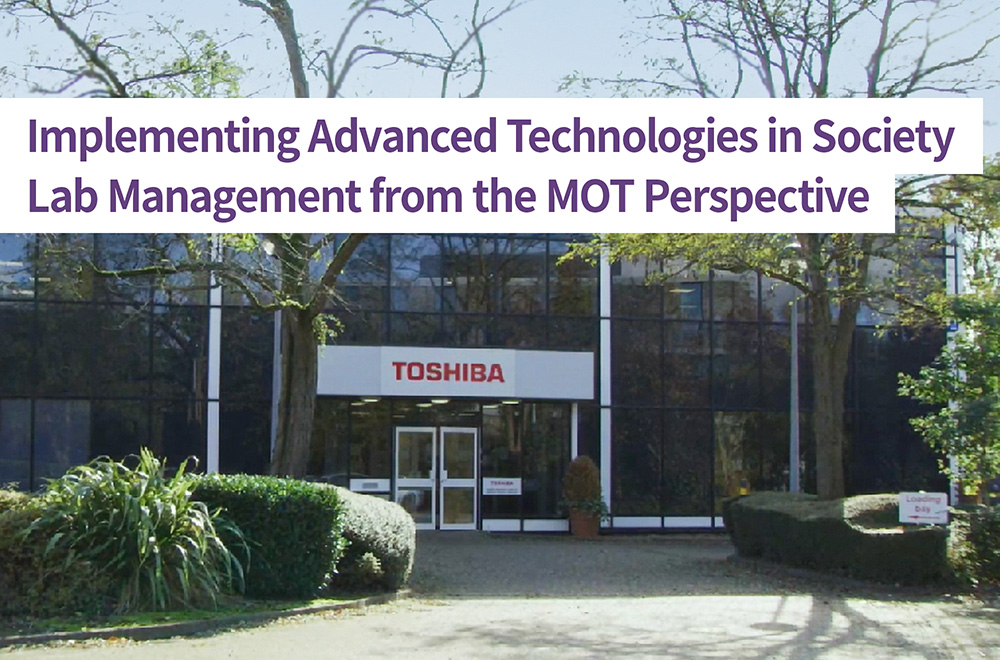Over 50 years with AI : Toshiba’s future eyes
2018/04/02 Toshiba Clip Team
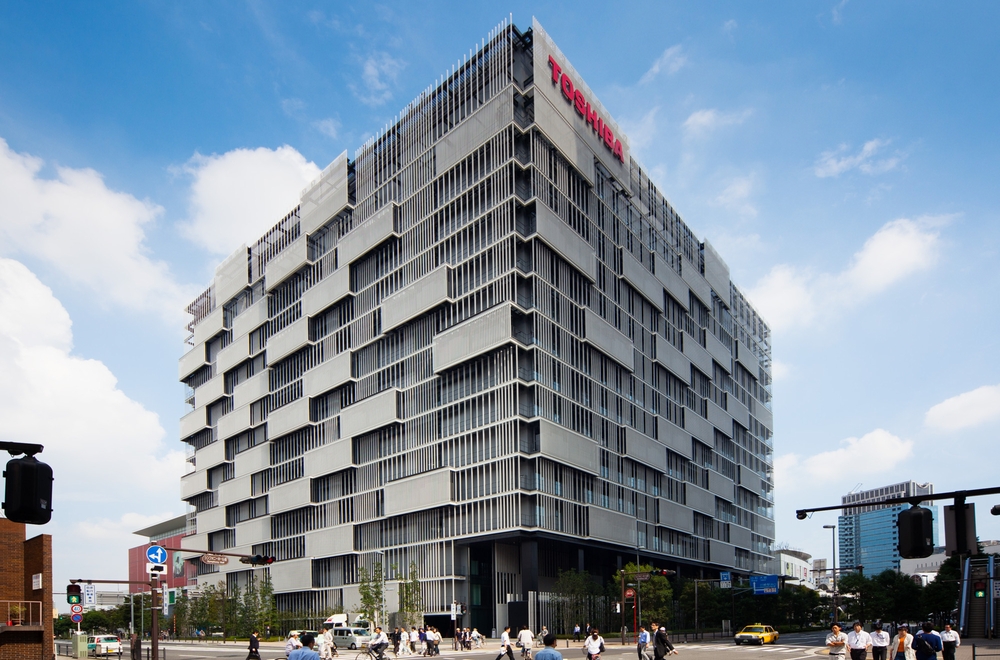
More than a manufacturer, an AI pioneer
The 1960s saw the first manned space flight was launched. In the same decade, Toshiba invented the world’s first letter sorting machine in 1967. With the ability to read handwritten postal codes and to sort six letters a second, the machine dramatically speeded up letter sorting, until then done manually.
The technology behind this innovation was highly accurate optical character recognition (OCR) technology. Unlike printed characters, handwritten characters are idiosyncratic—they can be poorly formed or sloppily written. The letter sorting machine has to be able to recognize the characters without making mistakes.
The OCR technology Toshiba invented 50 years ago was a trailblazer of AI that is applied in various ways today. It also allows us to note that this year Toshiba celebrates 50 years as an AI company.
Robots can be AI, but AI is not a robot
Movies often show us AI in the form of a Robot that can chat with people and answer their questions. This has created a sort of stereotype that AI is a dialogue-based system. Is that what it really means?
The exact definition AI depends on who you ask. Prof. Yutaka Matsuo of Tokyo University, Japan’s leading AI expert, defines AI as “human-like intelligence that is artificially created, or the technology to make the same.” Prof. Toyoaki Nishida of Kyoto University prefers “A mechanic that has intelligence or mind.” Whoever you ask, the tricky word is “intelligence.”
The American Psychological Association defines “Intelligence” as the “abilities to learn, adapt to new situations, and use knowledge to make adaptive choice.” According to this definition, a system that recognizes images or speech and “learns” various patterns in each environment and then “makes adaptive choice” has intelligence. Basic technologies such as image and speech recognition system could be defined as AI, in the sense that a machine can realize a process associated with human intelligence.
The OCR technology that Toshiba invented 50 years ago, to distinguish “3” from “5” by reading scrawled handwriting and to sort letters according its postal codes, was what is now called AI.
AI research started in the late 50s, but had petered out by the late 60s. The 1980s is now recognized as its second boom, and we are now said to be “The third AI boom.” Today’s notable advances in AI rest on two innovations: practical application of machine learning that allows acquisition of knowledge from big data; and deep learning that AI can perform automatic feature extraction. Although AI research has suffered cold winters between its booms, Toshiba has continuously developed its core AI technologies in fields such as speech and image recognition, speech synthesis, translation, dialogue and understanding of intentions.
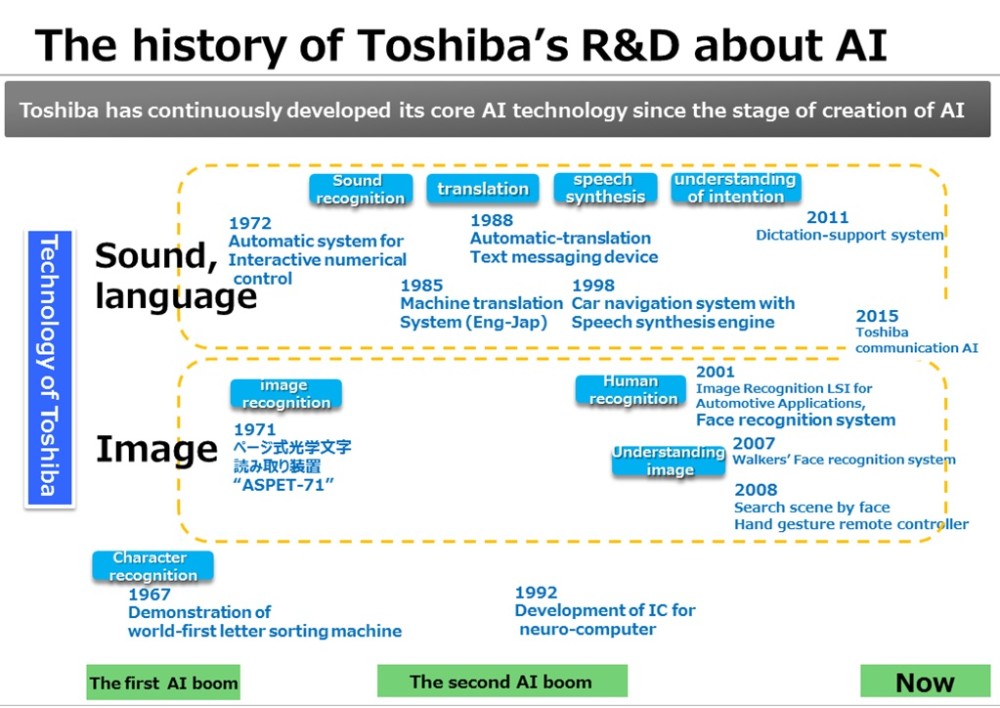
History chart of TOSHIBA’S AI technology
Driving forward with AI
Society faces complex challenges; to cite just a few examples, they global warming, the information explosion, aging populations in developed countries, extreme weather and natural disasters, and traffic congestion.
With its slogan “Committed to People, Committed to the future,” Toshiba aims to contribute to solve societal issues through business—and it now accelerating those efforts by applying AI in business.
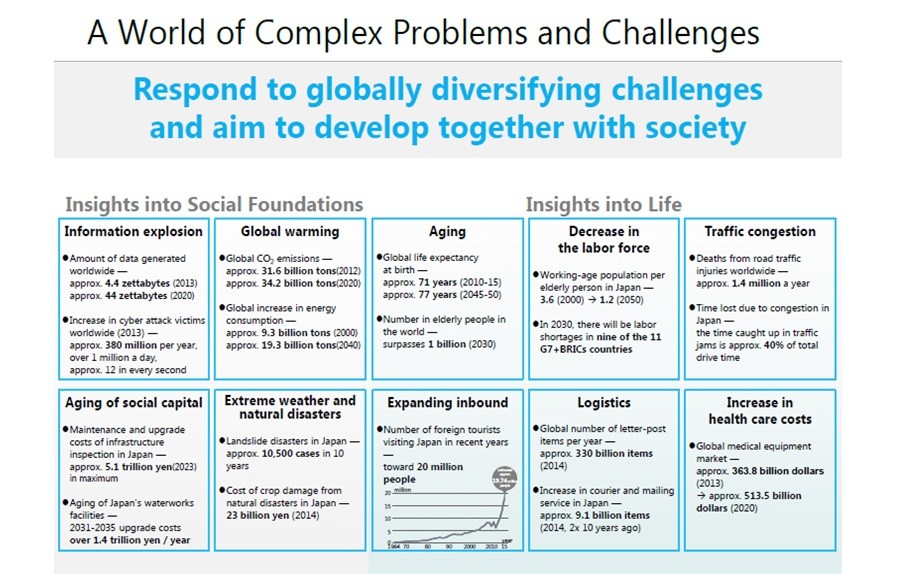
Summary of worlds problems and challenges
https://www.global.toshiba/ww/ir/corporate/pr/pr2016/pr20161018.html
AI is being applied in various fields. It is improving factory productivity. For example, at Yokkaichi Operations, where Toshiba manufactures NAND Flash memory, it is being used to optimize plant operation. In future, Toshiba aims to use its know-how and experience in developing power generators and control equipment to improve the efficiency of power plant operation.
It is being integrated into products. For example, Toshiba’s image recognition LSI for automotive applications can process image data with high accuracy and is supporting the realization of driverless vehicles.
Beyond this, Toshiba is expanding its line-up AI communication services that apply image recognition, speech recognition and language processing. One solution being developed here is machine-based simultaneous translation service.
Toshiba aims to provide solutions with its long cultivated AI as a driving force, in addition to its know-how and big data capabilities the company has built up in the social infrastructure domain. Society expects Toshiba to provide new value that does not exist yet.
![]()





